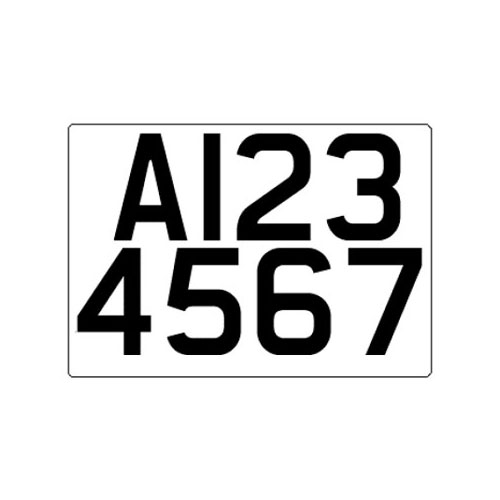How to check if your coupling damper needs replacing
from Western Towing – www.westerntowing.co.uk
The correct operation of a coupling damper gives smooth and controlled braking. When the damper has failed it is very noticeable by the fierce application of the brakes or ‘snatching’ when the towing vehicle’s brakes are applied.
Before replacing the damper it may be worth checking the adjustment of the brake shoes to the drums. Sometimes badly adjusted brakes can have the same effect as a failed damper.
The dampers assembled within overrun couplings are pressurised so if they are working correctly it is difficult to check their operation as it requires a considerable amount of pressure to push the coupling back by hand. You may be able to compress the coupling by pushing the coupling head and simulating the overrun system on lightweight braked trailers & caravans but otherwise, if you can push it back easily or it feels ‘springy’ then generally the damper has failed.

Dampers are usually very reliable and will last for many years (or many miles), generally, the life of a damper can be shortened by lack of maintenance or bad driving habits. Continued hard braking will shorten its life and even an emergency stop may bring the damper to the end of its life prematurely. The most common cause for dampers to fail is the lack of maintenance or incorrect adjustment. Brakes should be checked and adjusted regularly (about every six months for the average trailer) this ensures that the damper does not take the full force of the overrun when braking occurs.
If you find that your coupling damper needs replacing, we have a number of brands in stock for you to choose from, including:
- BPW Coupling Dampers
- Avonride Coupling Dampers
- Knott Coupling Dampers
- Indespension Coupling Dampers
- Alko Coupling Dampers
- Bradley Coupling Dampers
Brake Adjustment
Brake adjustment must be done at the brake shoes, slacken all the brake mechanism at the compensator and the coupling. Always start at the brake drum, rotate the brake adjuster
using one of the following methods depending on the brake setup you have:
Note: Only spin the wheels in a forwards direction during this operation otherwise the auto-reverse mechanism can engage and make accurate settings impossible.
Method 1
Turn the brake adjuster bolt (usually found on the rear of the brake backplate) clockwise until some resistance is felt as the brake shoes begin to grip the drum. Then slowly turn the brake adjuster bolt anticlockwise until the wheel begins to rotate freely again.
Method 2
Advance the adjuster using a screwdriver through the hole in the rear of the brake backplate until resistance is felt as the brake shoes begin to grip the drum. Then slowly turn the brake adjuster back a few clicks until the wheel begins to rotate freely again.
Procedure
Continue the process on all drums and then take up the slack at the compensator and coupling.
Caution! do not over tighten as this will cause the brakes to drag and overheat. Operate the handbrake several times to ensure that the compensators and brake shoes are seated. The compensators should remain at 90° to the brake rod when the brakes are applied. Misalignment can be corrected through the adjustment of the cable locking nuts. Check the travel of the individual brake cables, this should be between 2 & 5mm, if not re-adjust the brake as appropriate. Finally, check that all the drums still spin freely
We stock a range of brake adjusters for Knott, Alko & BPW brakes, we have a summary of the trailer parts & accessories listed for the different sections of a trailer.
Disclaimer
The information is given only as a guide, if you are in any doubt you should seek professional advice. Western Towing will not assume and hereby disclaim any liability to any party for any loss or damage caused by errors or omissions, whether such errors or omissions result from negligence, accident, or other cause.
Featured Trailer & Caravan Parts




















